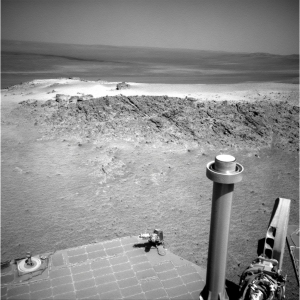“I like being able to fire people who provide services to me.”
“I like being able to fire people who provide services to me.”
This statement was made by Mitt Romney yesterday, explaining how it is a good thing to be able to chose the company from which you buy your insurance, or any product, and how it is even a better thing to be able to dump that company if it doesn’t do its job well.
The author of the article above, along probably with much of the press, will try to stain Romney for this statement. To me, it is the best recommendation to hire him as President. With the federal government out of control, in debt, and unable to do anything it promises, it really is time to fire a lot of people. I hope Romney, if he turns out to be the candidate and wins the Presidency, has the courage to do it.
“I like being able to fire people who provide services to me.”
This statement was made by Mitt Romney yesterday, explaining how it is a good thing to be able to chose the company from which you buy your insurance, or any product, and how it is even a better thing to be able to dump that company if it doesn’t do its job well.
The author of the article above, along probably with much of the press, will try to stain Romney for this statement. To me, it is the best recommendation to hire him as President. With the federal government out of control, in debt, and unable to do anything it promises, it really is time to fire a lot of people. I hope Romney, if he turns out to be the candidate and wins the Presidency, has the courage to do it.



